Vitality and Life: Jacqueline Groag’s Spirited Textiles
Playful, whimsical and naïve, the textile designs of Jacqueline Groag lit up postwar Britain, injecting homes, interiors and clothing with a renewed sense of vitality and optimism. Originally from Prague, Groag was the leading textile designer of the United Kingdom throughout the 1940s, 1950s and 1960s, showcasing a vibrant new approach to textile design that was filled with the same light, spirited freedom as the art of Paul Klee and Roaul Dufy. Widely influential throughout the international design world, her style is now synonymous with mid-century modern fabrics.
Jacqueline Groag was born as Hilda Pilke in Prague in 1903 to a wealthy Jewish family who encouraged her artistic inclinations. Home schooled due to a series of health issues, she was a solitary child, but the isolation encouraged her independent spirit. It was many years later that Hilda changed her name to Jacqueline Groag, after marrying the modernist architect, Jacques Groag. As an adult, Groag developed a theory that every person has an age that they remain on the inside, in spite of their actual age. Hers, she claimed, was 8 – we see this internal childlike quality in the boundless freedom of her pattern designs.
As a young adult, Groag studied textiles in Vienna at the Kunstgewerbeschule during the 1920s with the Austrian artist and radical teacher Franz Cizek, and the Austrian-Moravian architect and designer Joseph Hoffmann. It was Cizek who first suggested Groag should focus on creating surface designs with a less structured approach, even if this meant setting aside any preconceived ideas about how pattern should look. The result was Groag’s experimental, randomized approach, which was, from early in her career, brimming with life.
After graduation, Groag became an active participant in the artist-designer collective Wiener Werkstatte, in Vienna, a progressive group who sought ways of embedding artistry and individuality into everyday design. Groag was a standout member of the group who produced reams of textiles in her trademark lively designs composed of strong lines and intense colour. Throughout her career, Groag often centred her patterns on a grid system, which she then destabilised through elements of doodling and illustration featuring figures, animals, or abstract motifs.
After meeting her future husband Jacques Groag at a masked ball, the pair became active members of the city’s intellectual scene. In 1929, the couple moved to Paris, where Groag became a fabric designer for a series of the city’s foremost design houses, including Chanel, Paul Poiret, Schiaparelli, and Worth, producing hand-printed textiles in bright, vivacious colours accented with fluid lines. It was Groag’s ability to merge the austere simplicity of modernism with a more human, characterful quality that made her stand out from the pack – in contrast with so many modernists who saw decoration as frivolous and unnecessary, she seemed to truly revel in the joyful irreverence of hand-drawn and hand-printed design.
When the threat of war loomed heavy over much of Europe, particularly for Jewish families like the Groags, the designer and her husband fled to the UK to escape persecution, settling in London. There, she quickly established herself as one of the country’s foremost textile designers, producing pattern designs for most of the nation’s leading manufacturers including Liberty of London, Formica and John Lewis, as well as scooping up a series of awards. In the years that followed, Groag worked for the Design Research Unit and London Transport, designing patterned fabrics and panels for boats, trains, and planes.
During the 1940s and 1950s the British textile market at the time was overflowing with pretty florals, and Groag’s bold, fresh and intensely bright designs immediately captured public attention. When the Festival of Britain opened in 1951, Groag’s designs went on display, but so, too, did the work of all the designers she had by now had an impact on, demonstrating just how far her influence had come. In her later years, Groag was elected as a Royal Designer for Industry, a fitting tribute to the long and fruitful career of a designer whose daring designs had become so integrated into daily life.





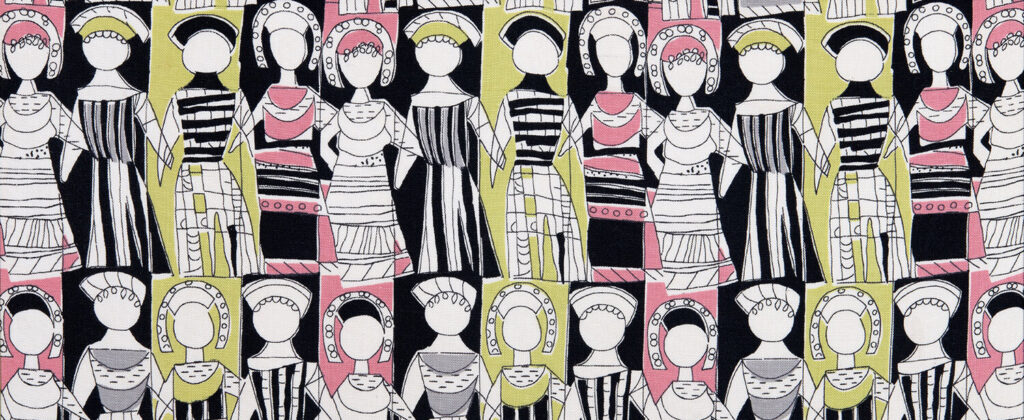
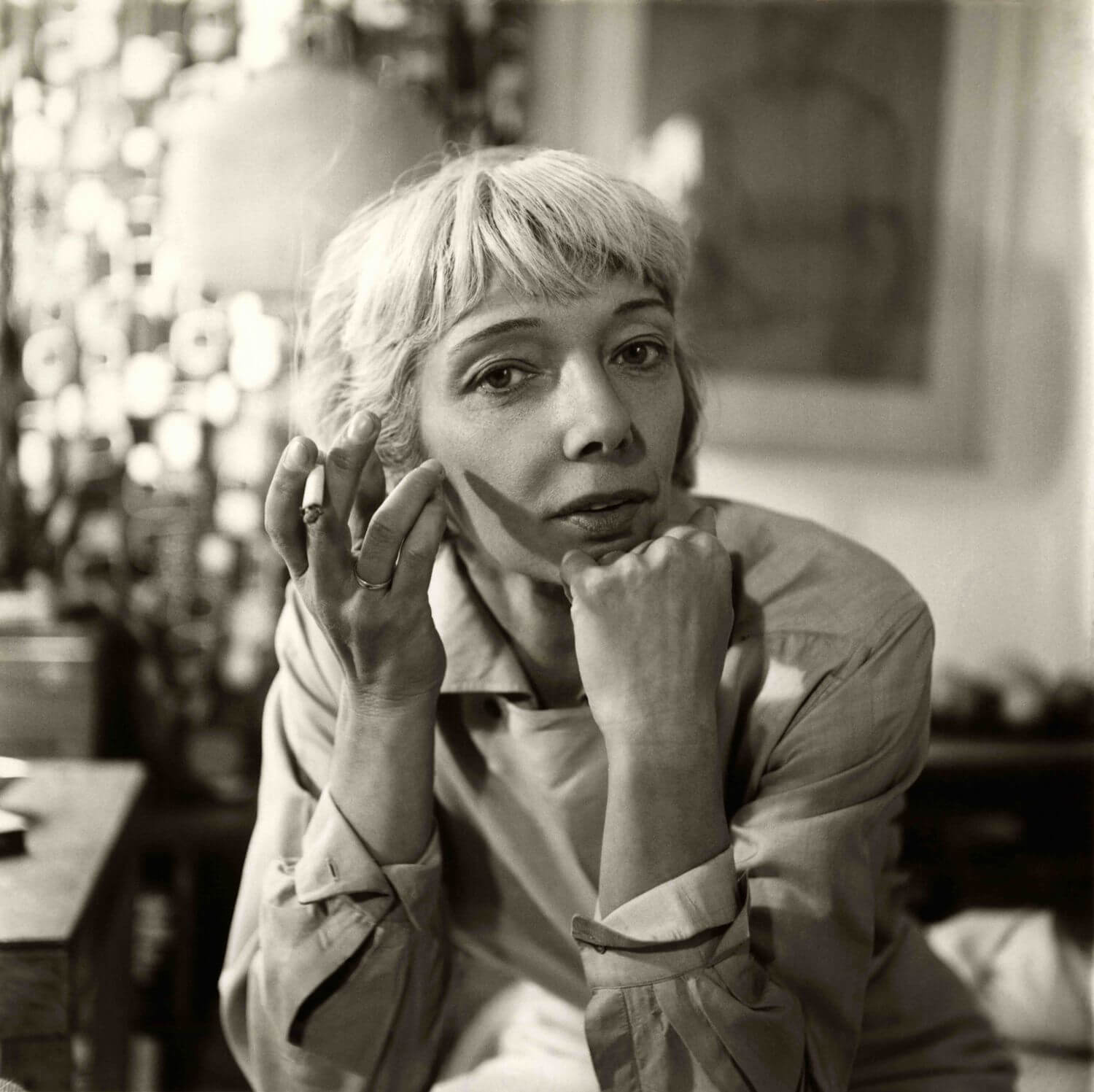
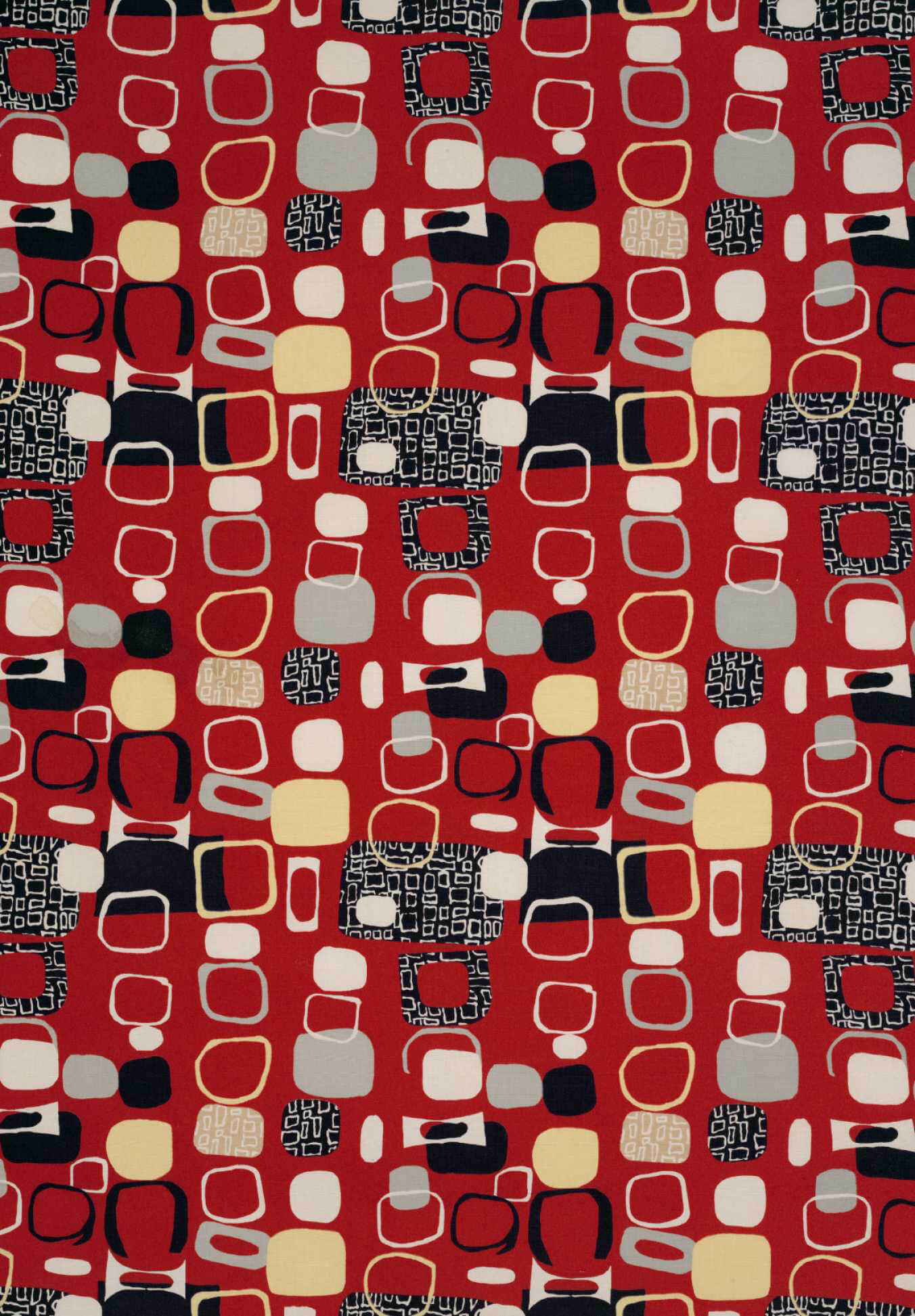
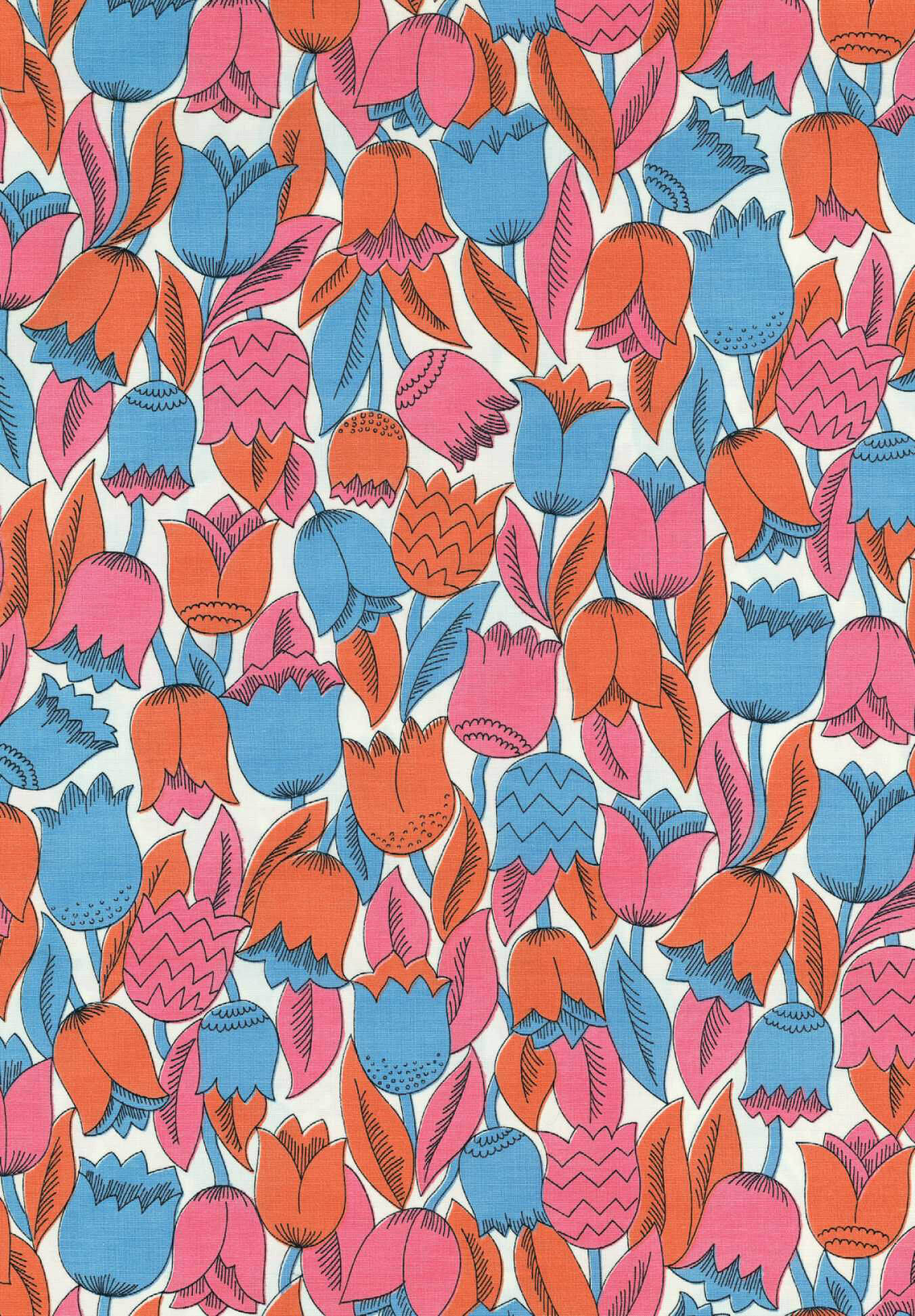
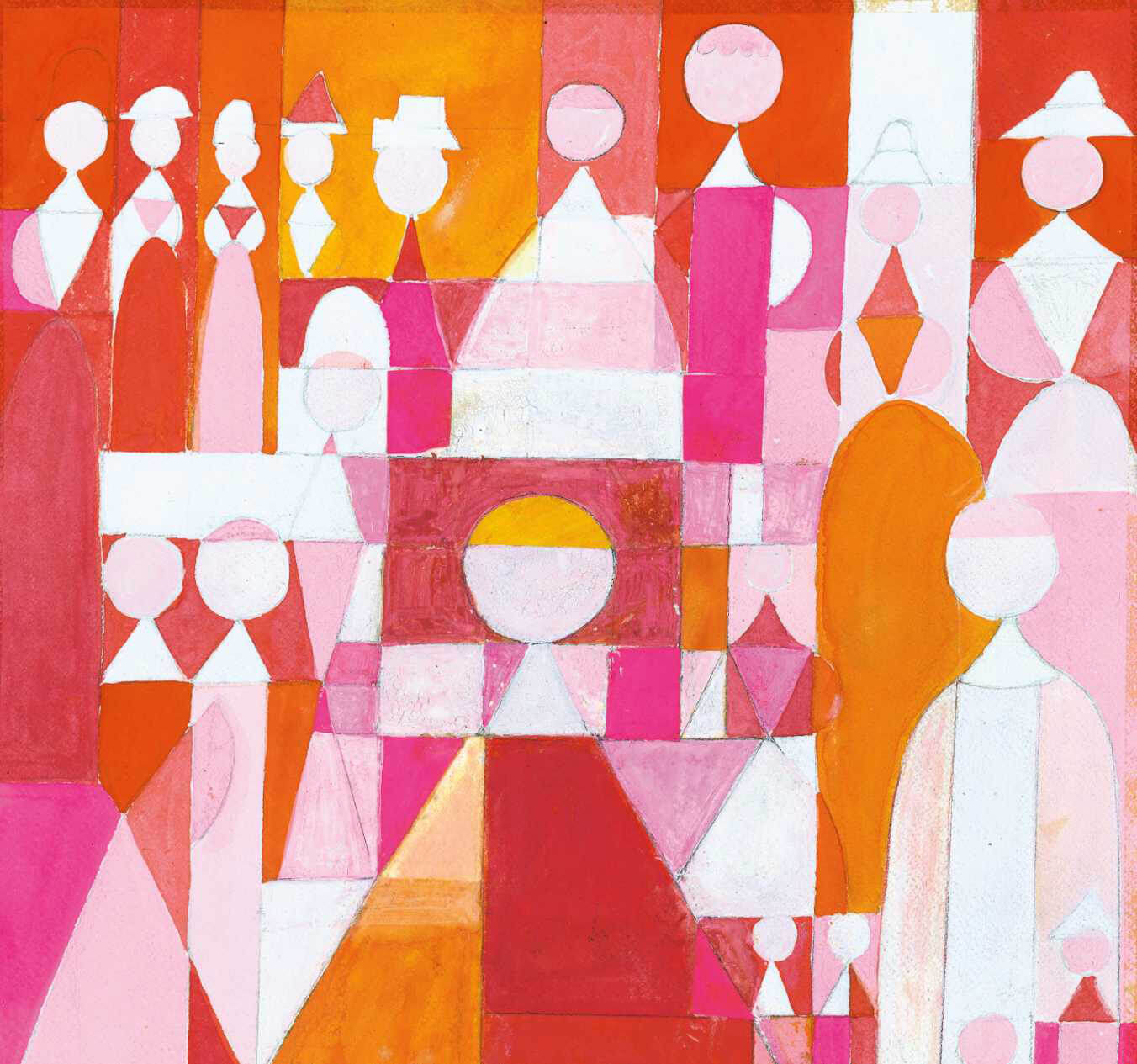
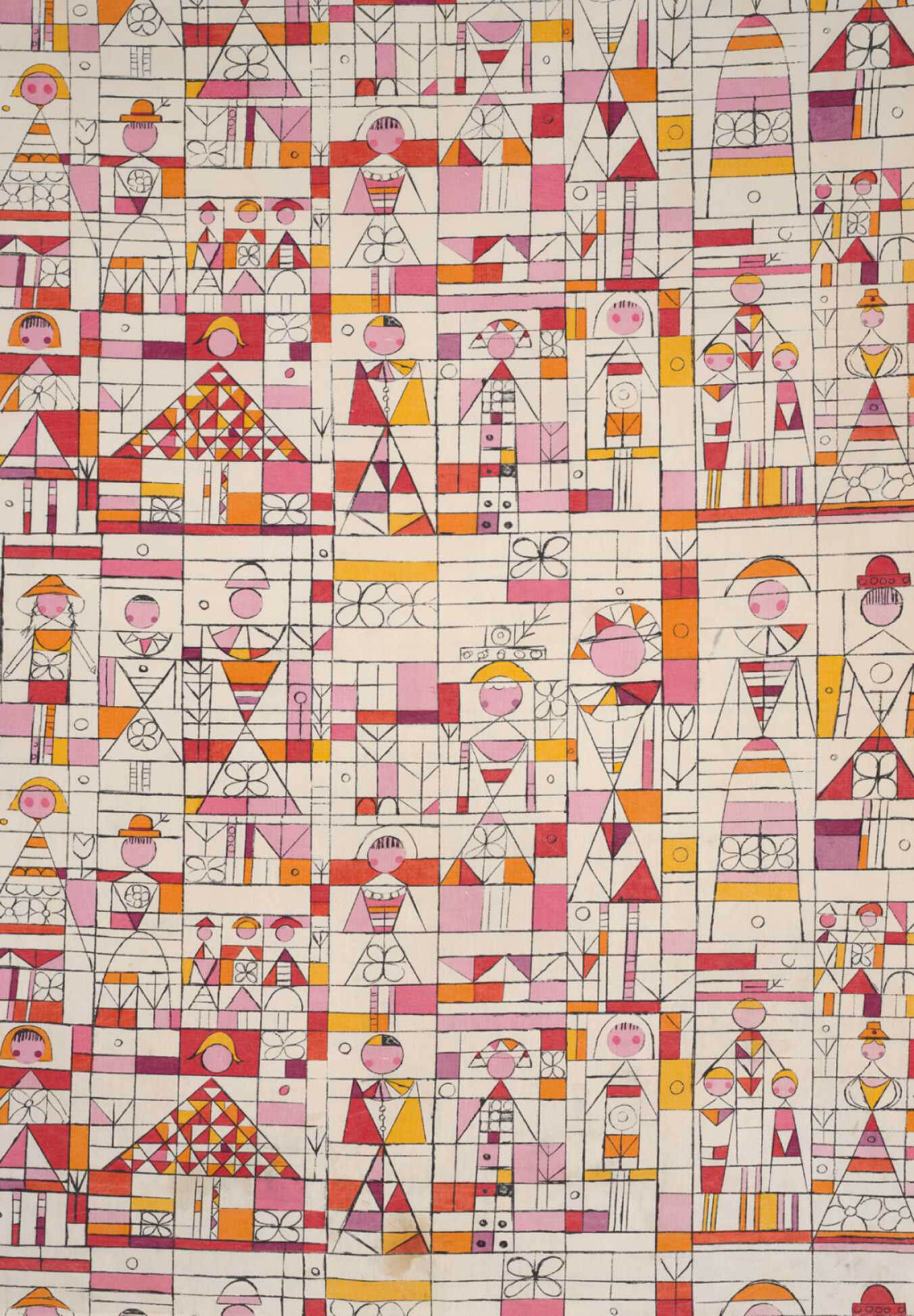
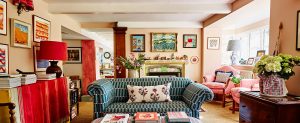
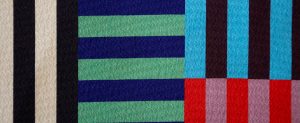

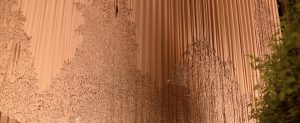




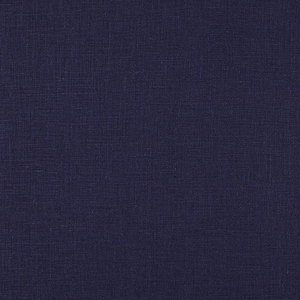





















2 Comments
Vicki Lang
I love the bold colors and designs of Groag. Being a teenager of the 60’s, her designs brings back memories of that time. Thank you for acknowledging her.
Janice King
Rosie, I love your posts. Groag is wonderful, I will research to find more of her designs. Thank you,